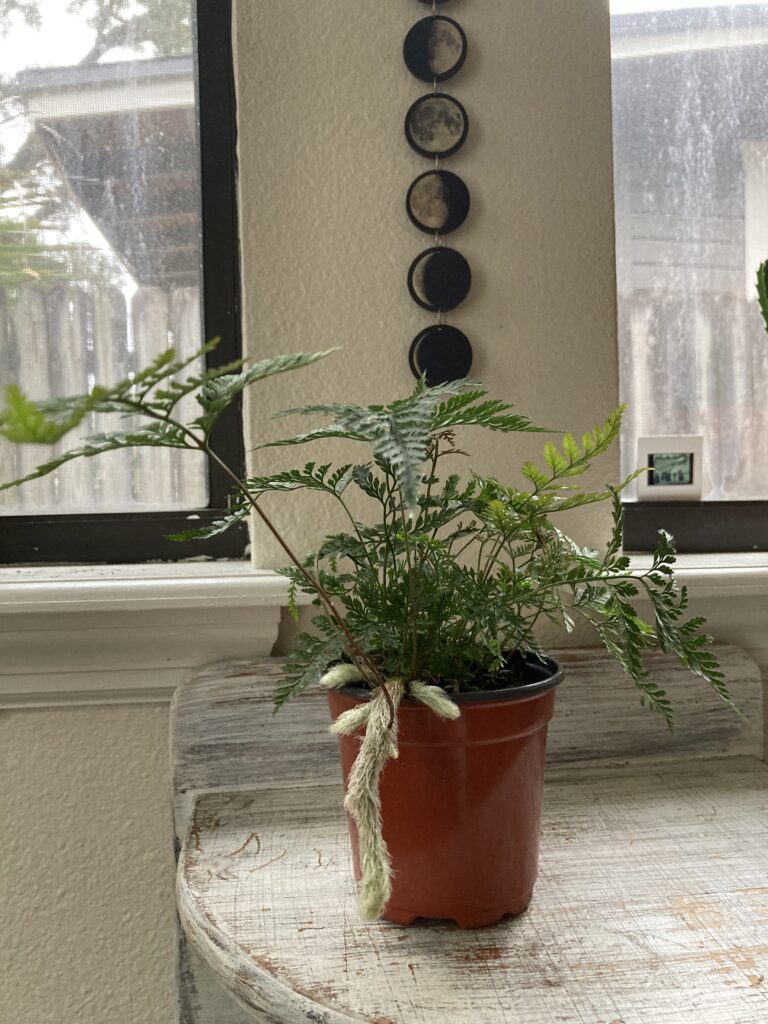
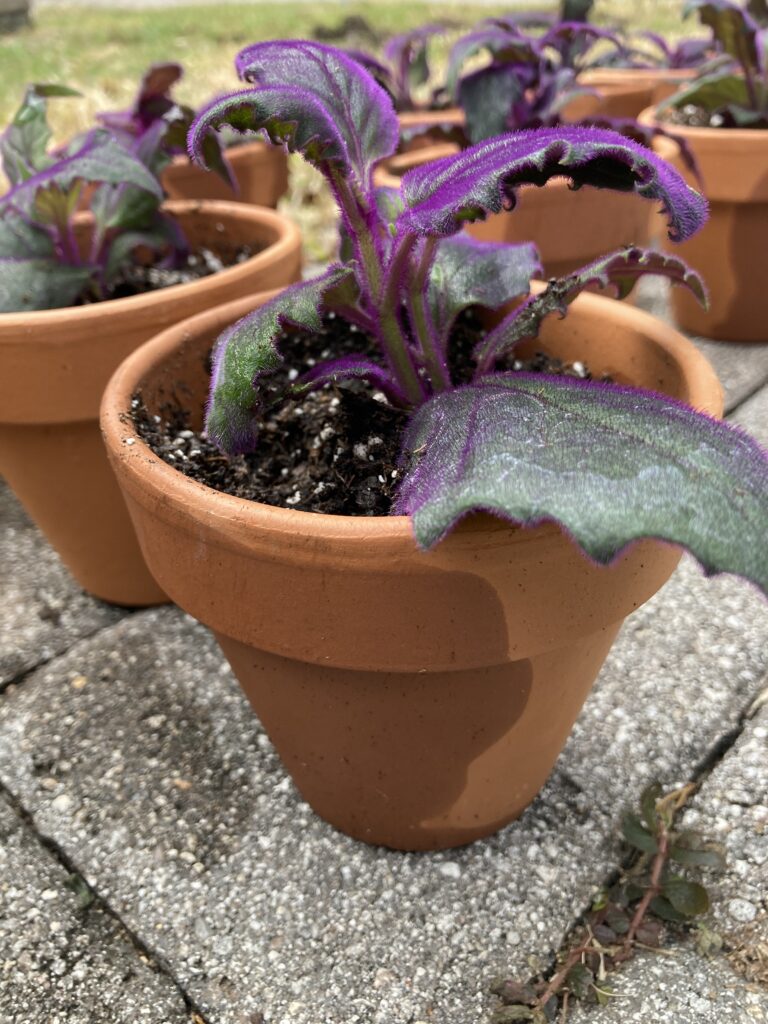

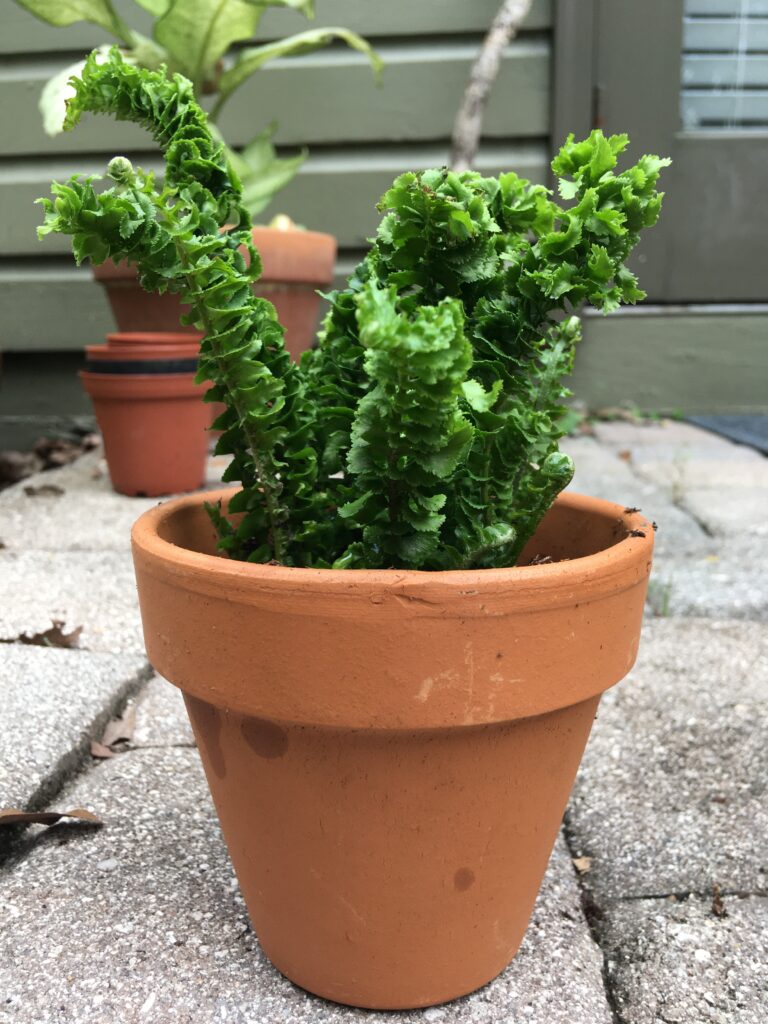
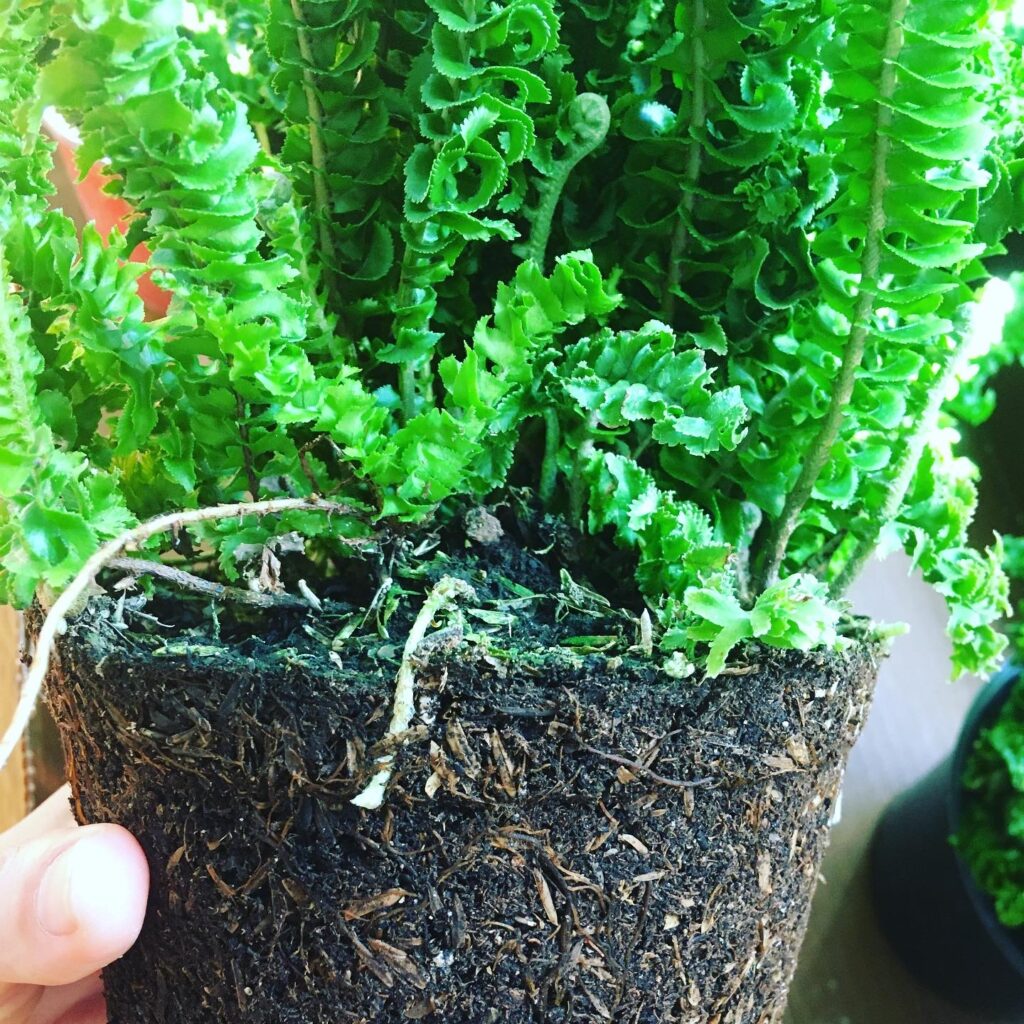
Garden Plant List
Horticulture For Healing grows environmentally sustainable gardens by focusing on growing native plants. This conserves water as native plants tend to be drought tolerant in specific seasons while attracting important pollinator insects such as bees and butterflies. Native plants help to restore regional landscapes. They are the best species adapted to local conditions that thrive with the least care while creating a sense of place.
Using native plants promotes wise stewardship of the land and conservation for our natural areas. Native species are members of a community of plants, animals, and microorganisms that keep each other in check and won’t harm natural areas
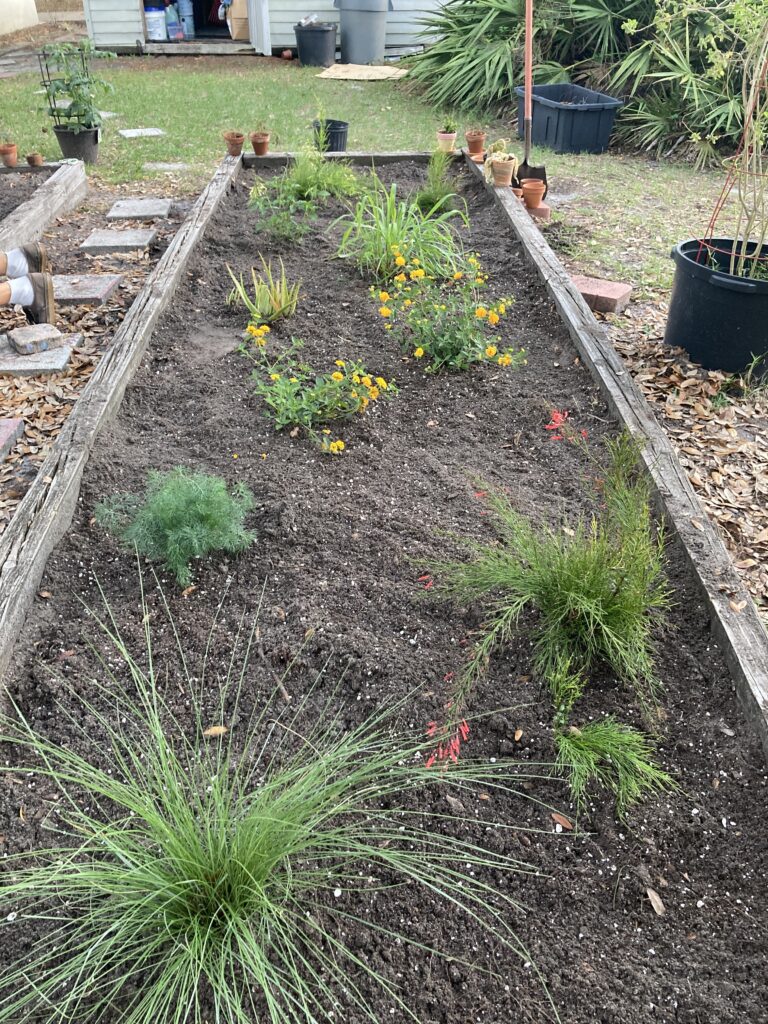
What we grow:
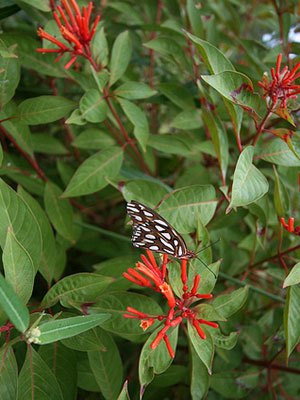
Firebush is a perennial (living more than two years), semi-woody shrub. This native plant blooms for months, attracting both birds and butterflies. Firebush produces flowers from late spring until the first frost, and the bright red flowers attract hummingbirds and butterflies, including the zebra longwing and gulf fritillary butterflies. Song birds also like to feed on the berries.
Florida’s native milkweeds play a particularly critical role in the migratory life-cycle by providing essential early-spring host resources for returning butterflies, specifically Monarchs. The showy flowers of milkweeds also offer abundant, high-quality nectar to a wide range of other pollinators including hummingbirds and bees.


Despite their attractiveness and wildlife value, only a very small number of the 21 milkweeds native to Florida are available in nurseries or sold from seed. Native milkweed plants may be hard to find, but it’s worth the effort! We strive to plant pinewoods Milkweed also know as purple milkweed or creeping milkweed. Horticulture For Healing will help give our native butterflies and Monarchs a stronger chance for survival by providing them native milkweed habitat.

Muhly: A fluffy native grass that attracts small birds who consume the seed. This grass is also a Larval host for the Zabulon skipper (Poanes zabulon, below photo ), a Native butterfly. This grass is drought tolerant , requiring little maintenance and water.
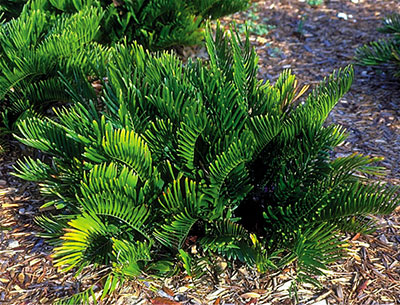
Florida Coontie This special plant is a Cycad. Cycads are an ancient group of vascular plants that were once a prominent component of the world’s flora. The oldest cycad fossils date to the early Permian (280 million years ago) or late Carboniferous period (300–325 million years ago). But this Florida plant is the only cycad native to North America. It’s also the preferred food source for larvae of the rare Atala butterfly. The Coontie can be can be planted in sun or shade, and can be used as a specimen plant or in foundation and massed plantings throughout the state.
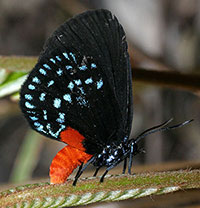
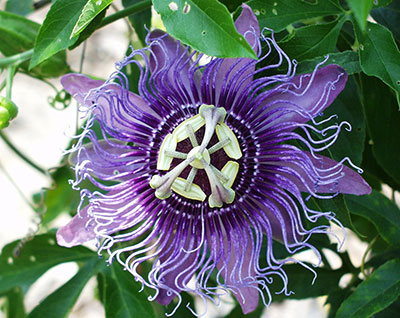
Purple Passion Flower This perennial flowering vine is native to Florida, and can be grown easily. Flowers are three- to five-inches and come in shades of lavender or purple, with a wavy fringe over five petals. The middle of the bloom looks like a helipad, with a tiny yellow bean-like pollen sac suspended overhead. Each flower lasts about a day during the summer and early fall. The ovoid, green fruit is edible, if not very tasty. Grows best on a fence or trellis in a sunny spot. Passion flower can tolerate very dry conditions. It’s also the host plant for the Gulf Fritillary butterfly


Prickly Pear Cactus A low-maintenance native plant with a beautiful flower, attracting pollinators. It is native to South America, Mexico, and North America. When handled carefully, the Prickly Pear is easy to grow. Simply putting a single paddle upright in some soil will grow new cactus buds sometimes in less than a week. Once established, prickly pear is drought and salt tolerant, has few pest or disease problems, and grows in the sandiest soils. It thrives in full sun and well-drained soil. This is a great plant to learn and practice propagation to grow indoors or out.

These plants are a food source; both the pads/paddles (cladode, nopales) and the fruits (sometimes called tunas) are edible. Prickly pear fruits can be eaten raw or prepared and are delicious at room temperature or chilled.
Medicinal Plants : non native, yet drought tolerant, easy to remove and does not spread

Aloe Vera is a popular medicinal plant that has been used for thousands of years.
Aloe vera is a hardy succulent hat’s easy to grow. It thrives in poor soil and requires very little water. The gel that comes from its thick leaves is used for medicine and drinks. Aloe is a great plant for beginners with as it doesn’t require much water or attention and can be grown for years in a pot (just be sure to let the soil dry between waterings). Non invasive, grows wild in tropical, semi-tropical, and arid climates around the world. It is cultivated for agricultural and medicinal uses. Aloe is easy to propagate and grows successfully indoors as a potted plant.

Lemongrass is a tropical plant that is easy to maintain, does not spread, and is easy to remove. Lemongrass is used for tea which has many benefits including reducing the incidence of inflammation in the body, reliving anxiety, and preventing infection. Lemongrass is ascetically pleasing , functions as a host for lizards and insects, and has a wonderful smell!
Rosemary easily removed and doesn’t spread, this herb makes for a hearty evergreen in warm climate. Rosemary is a perennial herb with fragrant, evergreen, needle-like leaves and white, pink, purple, or blue flowers.